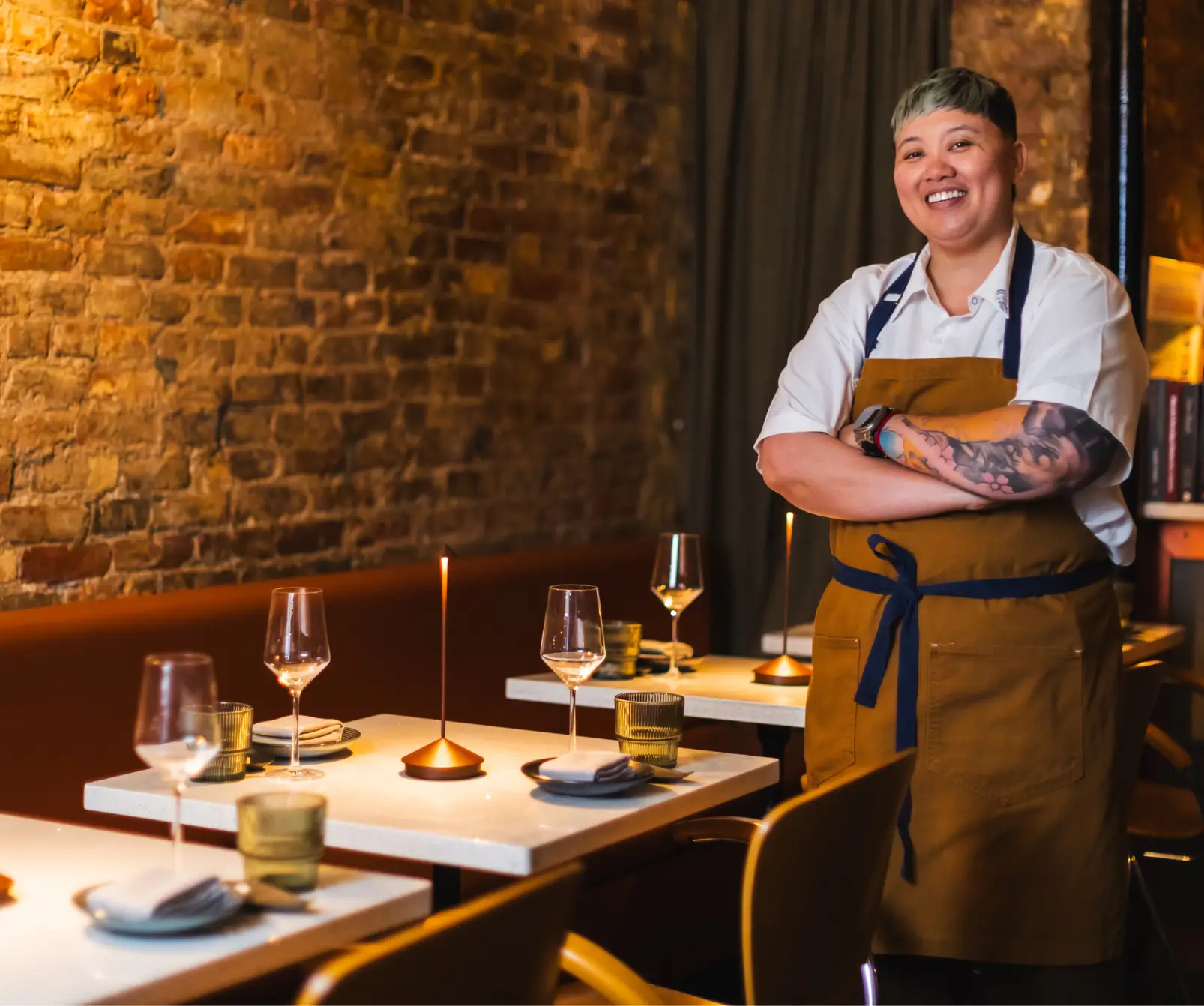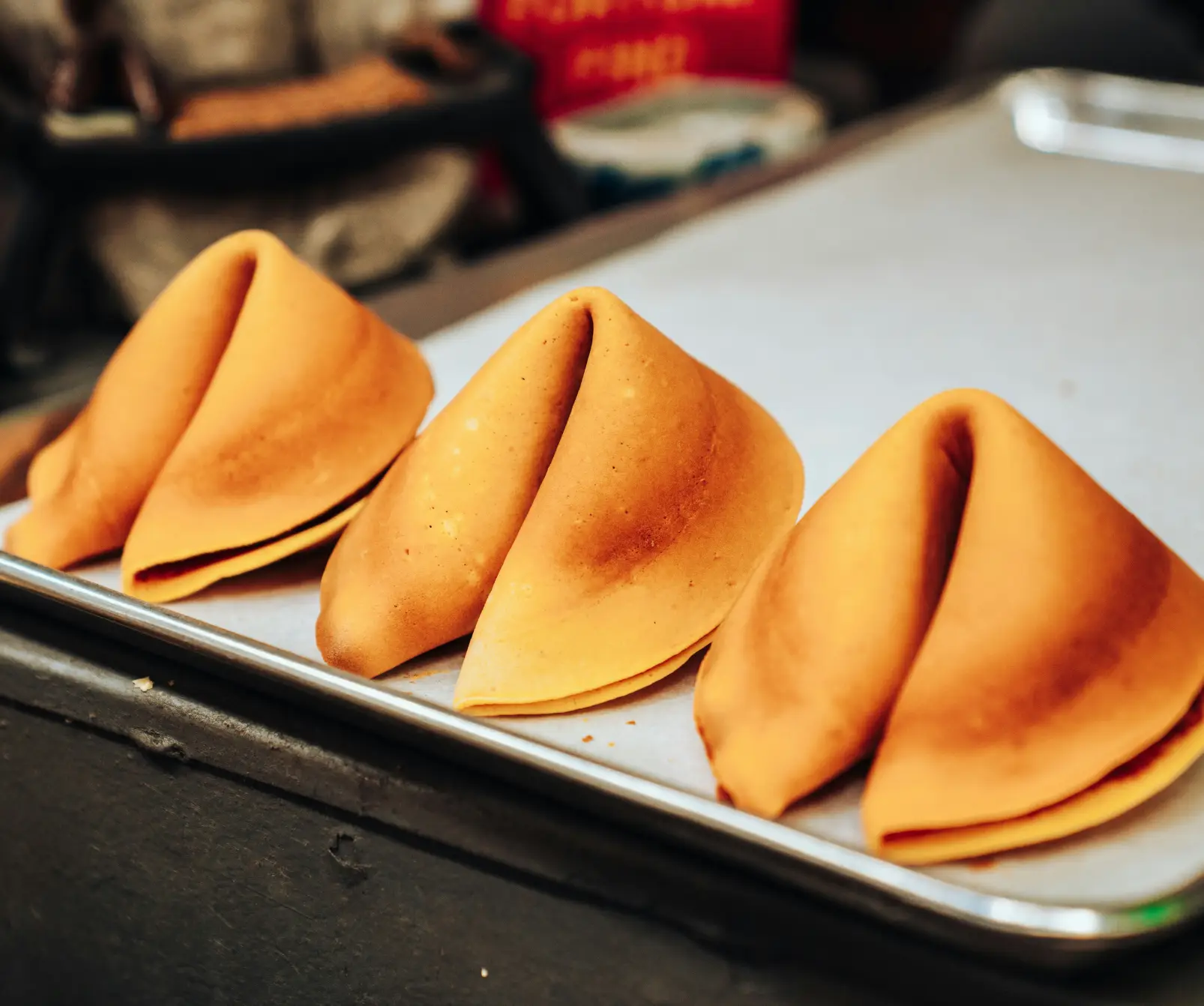Whether they are covered in cinnamon sugar or dunked in a thick gooey cup of Spanish hot chocolate, churros are one of my favorite snacks or desserts. The chewy inside and crisp fried outside…mmm! What’s not to love?
While many of us know these doughy sticks of deliciousness as a Spanish and Portuguese treat (or Disneyland favorite), did you know that there are a few different theories about their origins? One widely told story takes us to China, and another to the Arabic world and West Asia. Let’s explore how this favorite fried dough has traveled the globe.
Are you familiar with “youtiao?” It is a common Chinese breakfast food, and also a giant fried dough stick. Perhaps you’ve had it dunked into a hot bowl of sweetened soy milk with a side of congee? Or maybe you’ve tried it my favorite way, inside a fan-tuan, which is like a Taiwanese breakfast burrito made out of rice. Some refer to it as a Chinese donut or Chinese cruller, but basically it’s a puffy fried dough stick wider and typically airier than churros, however shorter in size to a baguette. Traditionally they can be pulled apart like a Twizzler, you might even find them stuffed or made into a sort of sandwich.
And they are popular across various Asian countries, including: Cambodia, Indonesia, Laos, Malaysia, Myanmar, Philippines, Singapore, Taiwan, Thailand, Vietnam..
According to an article in the South China Morning Post and other sources, there’s another interesting origin theory that refers to churros and youtiao as cousins with zulabiya as its common ancestor, which comes from the Arabic world and West Asia. Miranda Brown, professor of Chinese studies in the department of Asian languages and cultures at the University of Michigan believes that zulabiya was brought to China and other parts of Asia.
But zulabiya spread quickly along the Silk Road, and this is where our origin stories get complex. As Gene Anderson, professor emeritus of anthropology at the University of California, and a food and nutrition expert who has written widely on China says, the high traffic of trade and commerce that occurred across the Silk Road means that the Chinese still could have very much influenced the Portuguese style of churros–maybe picking up frying techniques and shapes. It’s hard to say for sure.
There is also another similar fried dough pastry that was introduced by Uygur people in Central Asia and made throughout China.
So whether youtiao is a direct influence on churros, or they’re distant cousins, they’re a beautifully fried example of the cross-cultural influences and creations of food that connects us all.
What do you think?
If you enjoyed this little bit of tasty food history, stay tuned for another Food Origins Story soon 🙂







